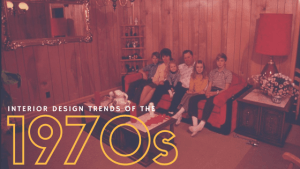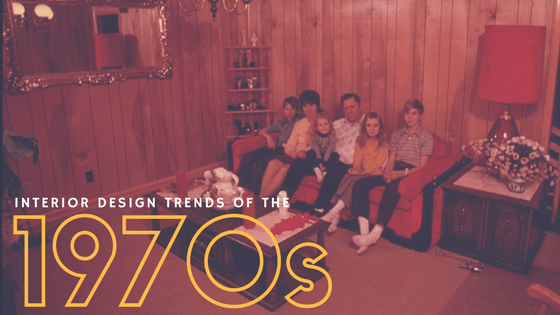
The interior design of the 1970s is quite identifiable. From their bold, monochromatic color blocking to the iconic shag carpeting, the 70s decor is something that many either hate or love. There are many commonalities of various 70s home designs. Here are some of the most iconic feature of 1970s interior design.
1.Layout
The layout of a home can also translate 70s aesthetic. Homes that were built in this era reflect an open floor plan. This is when the living room directly flows into the kitchen which then directly flows into the dining room. Architects really changed the game in home design with the idea an open floor plan because the idea is still used today. As well, floor-to-ceiling windows in the form of French doors were quite popular which also add value to homes today.
- Carpet
The first thing that comes to mind when thinking of 70’s design is the shag carpeting that infiltrated every floor from living rooms to the inside of vans. What is most iconic about shag carpeting is not the texture but more the colors. The burnt orange shag carpet may have been the most popular color of the period. Shag carpeting has become a bit popular again but without the ugly colors. Nude shag carpets and rugs are not being used to add texture and a sense of coziness to space.
- Furniture
One of the most identified features of a 70s home is the furniture and specifically the shape and color of the furniture. Chairs were a major feature the era. This is when Saarinen tulip chairs become extraordinarily popular. Modular office furniture also become popular with Italian designers pushing the boundaries of experimental furniture.
4.Color
Of course, the burnt orange paired with a bold red was somewhat the staple color scheme for the 1970s. Rooms with bland wood paneling or boring wall colors were balanced out vibrant pops of color from art or furniture. The colors were also very flat and monochromatic throughout. The color carried a sense of funkiness. Even lamps, bedspreads, and even toilets were not off limits to receive a touch of color.
